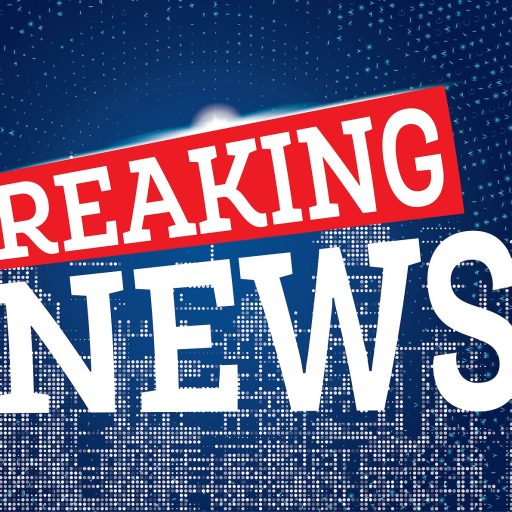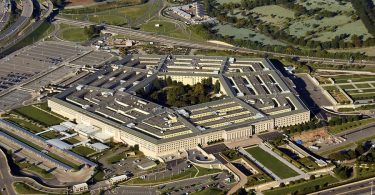The concept of the “uncontrolled president” is a recurring theme in American political discourse, often evoking images of a leader acting with impunity, disregard for checks and balances, and exercising excessive executive power. This narrative can be misleading, as it oversimplifies the complexities of the American political system and the inherent limitations on presidential authority.
Historically, the presidency has been designed with numerous checks and balances. The Founding Fathers were acutely aware of the dangers of concentrated power, having experienced the tyranny of monarchy. Therefore, they deliberately structured the government to prevent any single branch from becoming too dominant. The president may wield significant influence, but Congress retains the power to legislate, appropriate funds, and hold the executive accountable through hearings and investigations. The judiciary, too, plays a pivotal role in interpreting laws and can curtail presidential actions deemed unconstitutional.
Public perception often shifts in response to contemporary political climates, leading to the rise or fall of the “uncontrolled president” myth. For example, during times of national crisis, such as war or economic turmoil, presidents may assume greater powers, justified by the urgency of the moment. However, these powers are not limitless; they can be challenged by Congress, the courts, or public opinion. The War Powers Act of 1973, for instance, was enacted precisely to curb presidential overreach in military engagements, mandating that presidents consult Congress when deploying troops.
Furthermore, the media plays a crucial role in shaping the narrative of presidential control. Sensationalized coverage of executive actions can create an impression of unrestrained authority, even when, in reality, many initiatives require collaboration and negotiation with various stakeholders. Congressional role players, lobbyists, and public sentiment all factor into the decision-making process, countering the notion that a president can act unilaterally.
Moreover, recent presidencies demonstrate that even the most powerful executives face significant hurdles. Legislative gridlock, Supreme Court challenges, and grassroots movements can all act as bulwarks against perceived overreach. In this light, the “uncontrolled president” myth may reflect more on the anxieties of the public and political elites than on actual presidential power dynamics.
In conclusion, while the presidency is undeniably a strong office, the notion of an “uncontrolled president” fails to account for the intricate system of checks and balances that govern American politics. Presidents must navigate a complex landscape of competing interests, legal constraints, and public scrutiny, ensuring that the myth of untrammeled power remains just that—a myth.
For more details and the full reference, visit the source link below:
Read the complete article here: https://www.stl.news/the-myth-of-the-uncontrolled-president/






